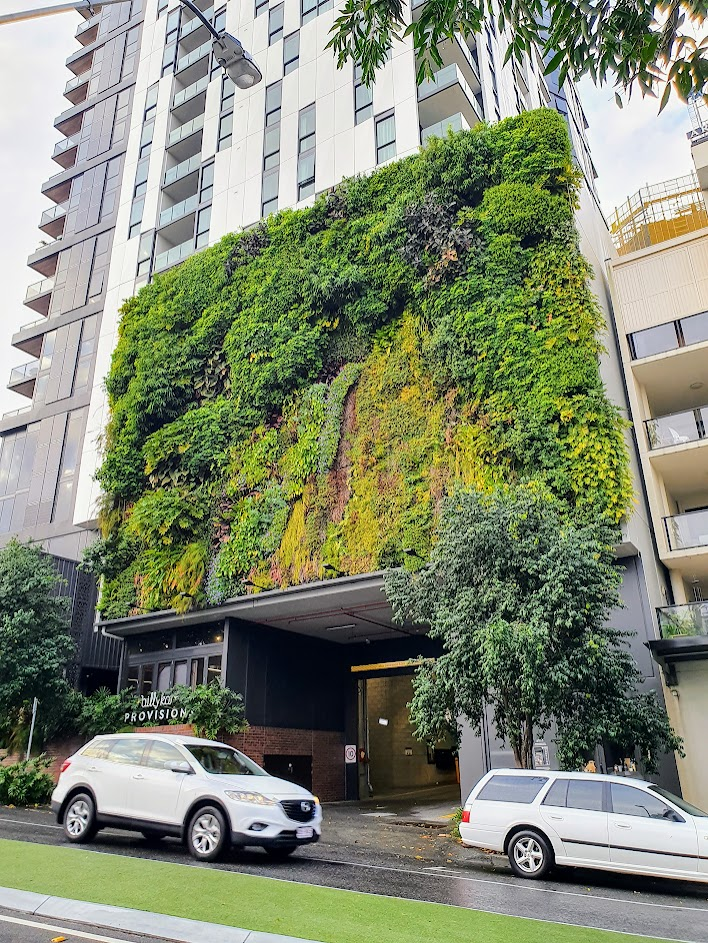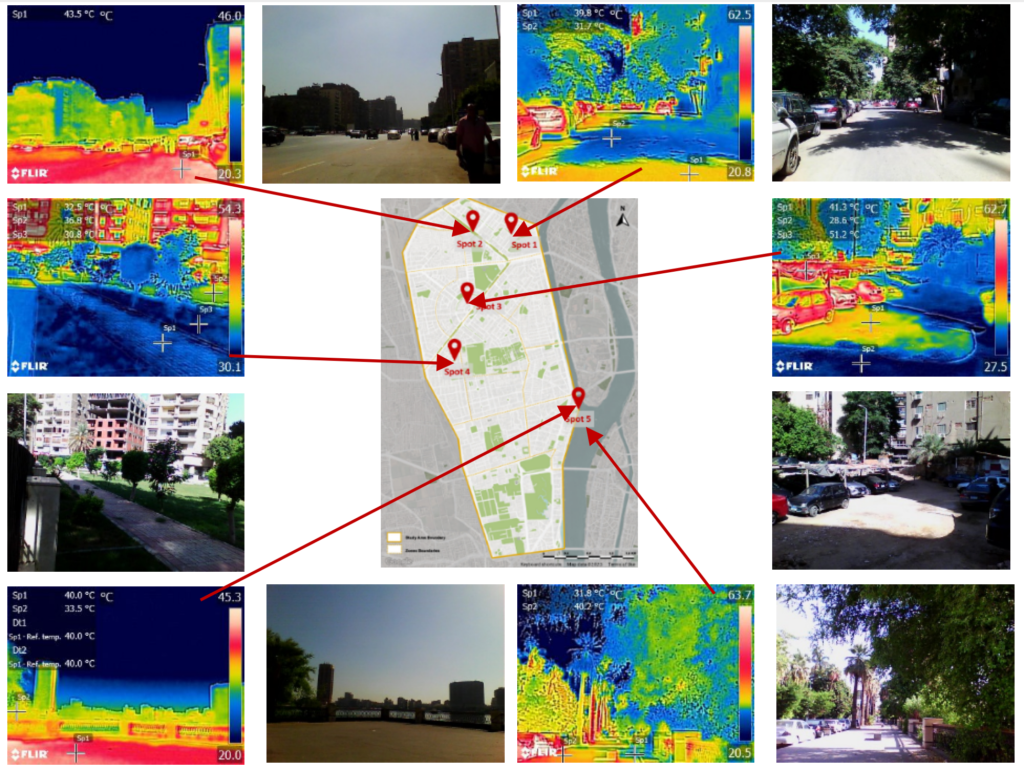City Know-hows

Our urban environments are getting hotter, yet urban design and planning solutions which can mitigate heat are rarely used. There is a need for further education and strategic planning policy positions to support heat mitigation policy and practice in the built environment.
Share
Target audience
Built environment policy makers, planners, urban designers, and resilience professionals
The problem
Climate-responsive design is well understood at the building scale, but less so at the scale of the public realm. Urban design and planning can both assist in reducing heat health risks in the built environment, however such climate-responsive solutions are rarely implemented.
What we did and why
We surveyed and interviewed over 40 built environment professionals working in South East Queensland, asking them about how they consider extreme heat in their practice. In doing so, we explore the resources and policy built environment professionals in South East Queensland require to further the uptake and implementation of evidenced based responses to extreme heat hazards (urban heat and heatwave) in this growing region.
Our study’s contribution
We found that:
• Design-centric professionals (e.g. architects and urban designers), compared to planners, reported greater awareness of heat mitigation practices
• The Queensland Planning Framework presents challenges to heat mitigation, including a lack of strategic policy position on heat and limitations of statutory instruments.
• ‘Vegetation’ was reported as the most used heat mitigation response, while ‘water’ was used the least.
Impacts for city policy and practice
• Lower awareness of extreme heat among planners may result in poor policy and urban development outcomes relating to heat and climate-responsive design.
• Built environment professionals may require more support, via tertiary education and professional development, to embed climate-responsive design for the public realm into policy and practice.
• Extreme heat mitigation needs to be included in strategic planning policy, supporting mitigation responses at all scales of planning and design.
Further information
Full research article:
Urban design and planning for extreme heat: an empirical study of built environment professionals’ perceptions in South East Queensland, Australia by Ryan McNeilly Smith, Silvia Tavares and Nicholas Stevens
Related posts

Understanding decision-making for active living infrastructure in a middle-income country: Aspirations and pressures for development may not support creation of good quality walking and cycling

This paper shows design tools and views of experienced practitioners in active urban design against a theoretical backdrop. It describes the creation process, including opportunities and inspiration to further improve the practice.

This study on Greater Cairo Region, Egypt, addresses urban challenges through “urban micro-lungs.” It explores designing green corridors responsive to local climate and space constraints, emphasizing resilient, public health-focused interventions for hyper-dense cities in the Global South.